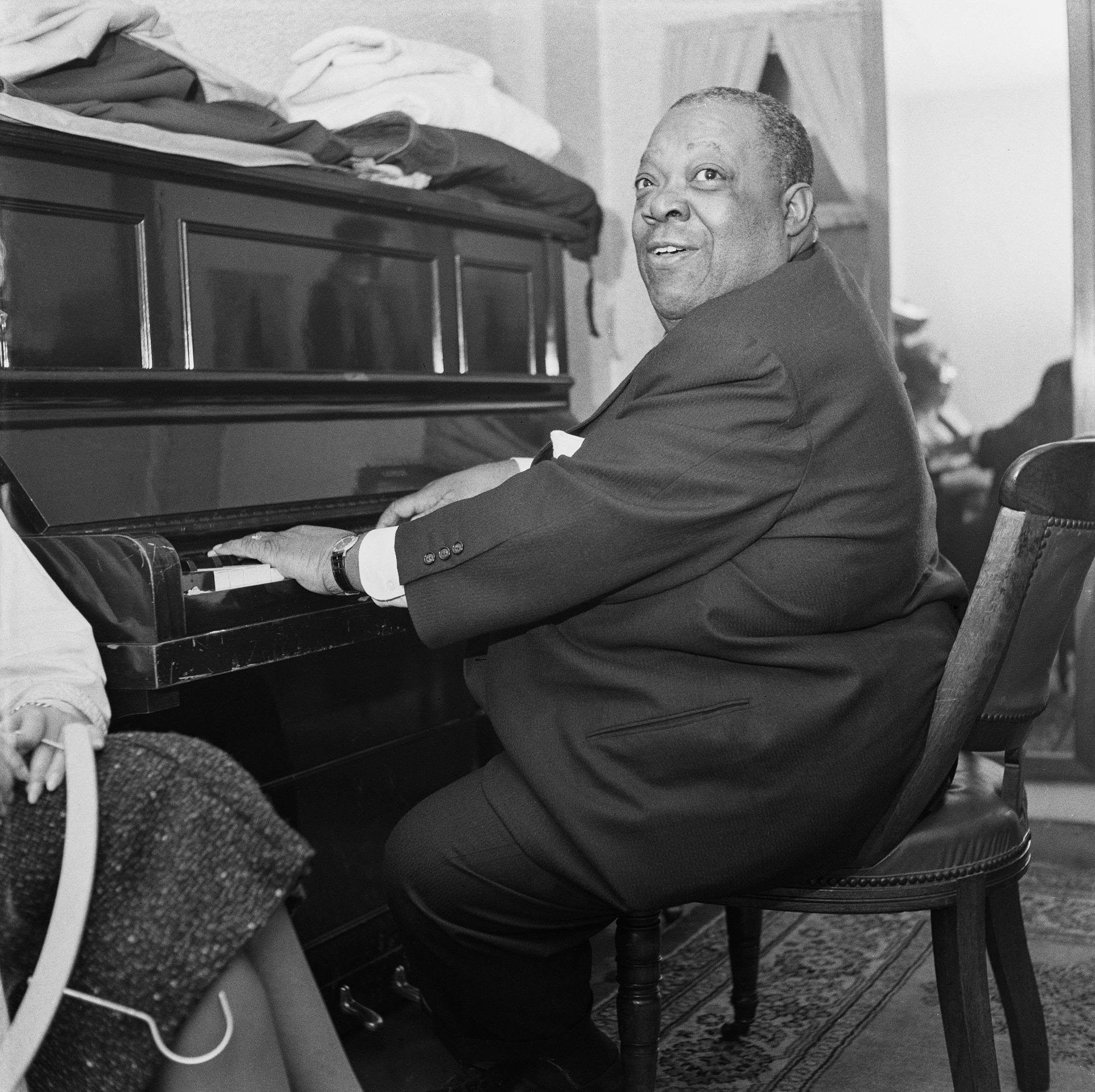
5 Fascinating Facts About Jimmy Rushing
Jimmy Rushing, often affectionately known as "Mr. Five by Five" for his stout frame, was more than just a powerful voice in jazz and blues—he[…]
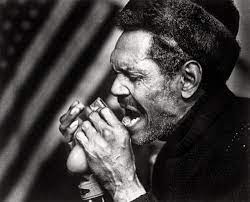
5 Fascinating Facts About Big Walter Horton
Big Walter Horton, also known as “Shakey,” remains one of the most respected harmonica players in blues history. His expressive, deeply emotional playing and influence[…]

The 5 Best Songs by Reverend Gary Davis
Reverend Gary Davis, also known as Blind Gary Davis, was one of the most influential blues and gospel guitarists of the 20th century. Born in[…]
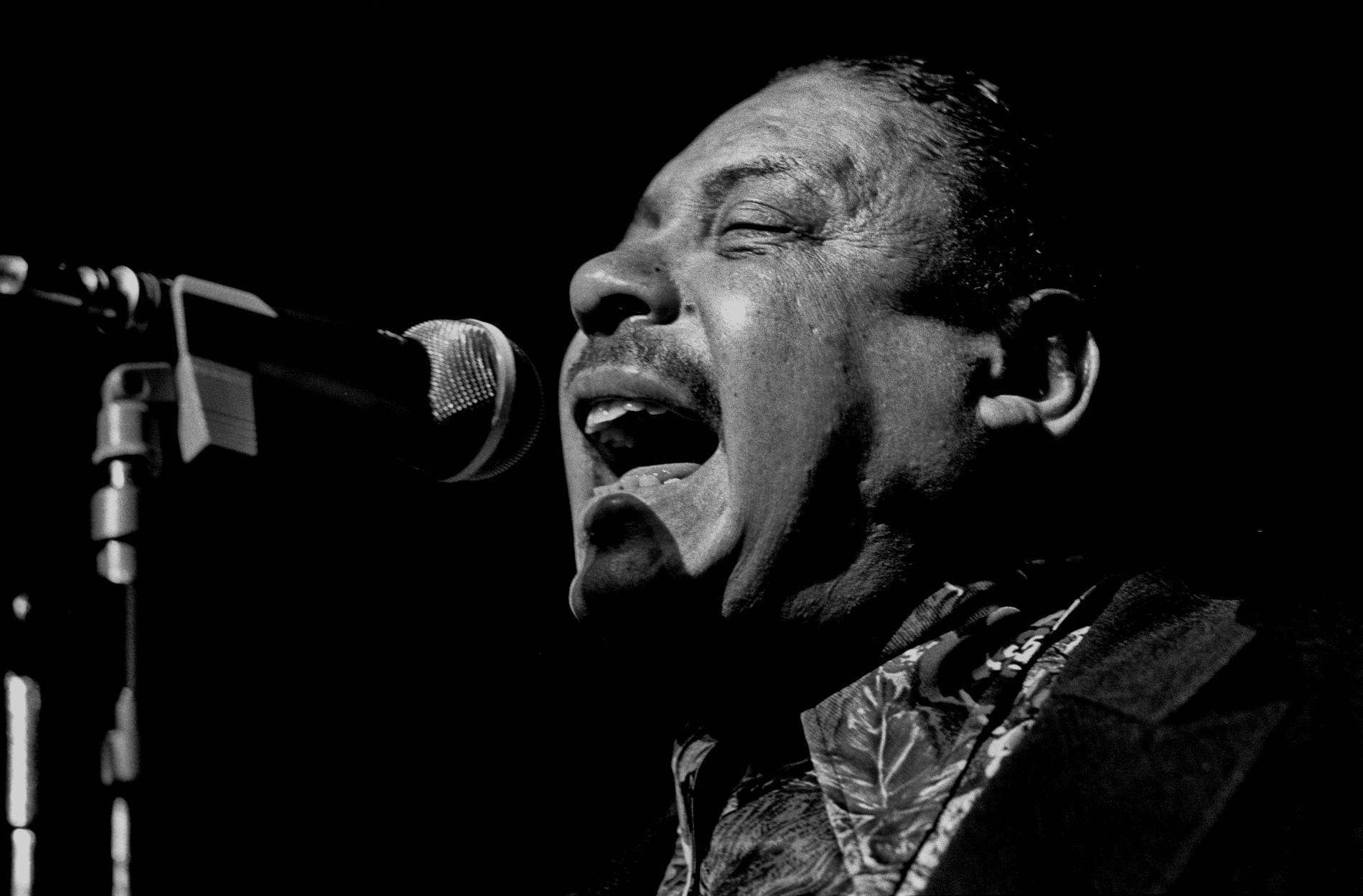
The 5 Best Songs by Big Joe Turner
Big Joe Turner, the "Boss of the Blues," was one of the most influential vocalists in American music history. With his booming voice and electrifying[…]
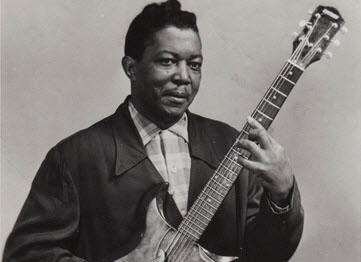
The 5 Best Songs by Robert Nighthawk
Robert Nighthawk was one of the most influential slide guitarists in blues history. His smooth yet powerful playing style, combined with his deep, soulful voice,[…]

5 Fascinating Facts About J. B. Hutto
J. B. Hutto was one of the most electrifying slide guitarists in blues history. Known for his raw, powerful sound and energetic performances, he left[…]

The 5 Best Songs by Blind Blake
Blind Blake, one of the most influential and enigmatic figures in early blues, continues to inspire musicians and fans alike. A virtuoso guitarist and captivating[…]
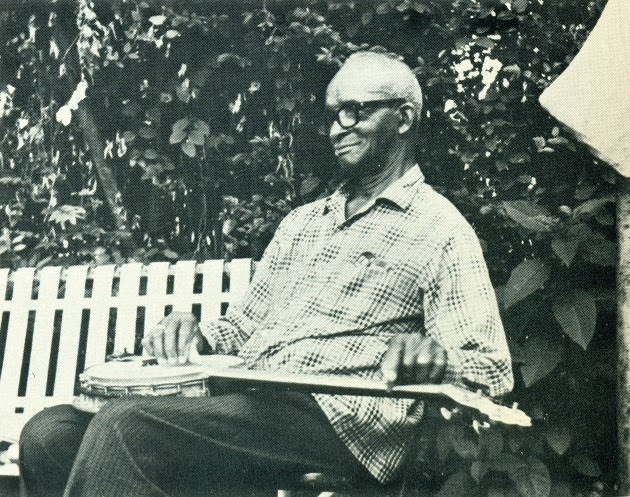
The 5 Best Songs by Gus Cannon
Gus Cannon, a pivotal figure in the history of American folk and blues, left an indelible mark on music with his unique banjo playing and[…]
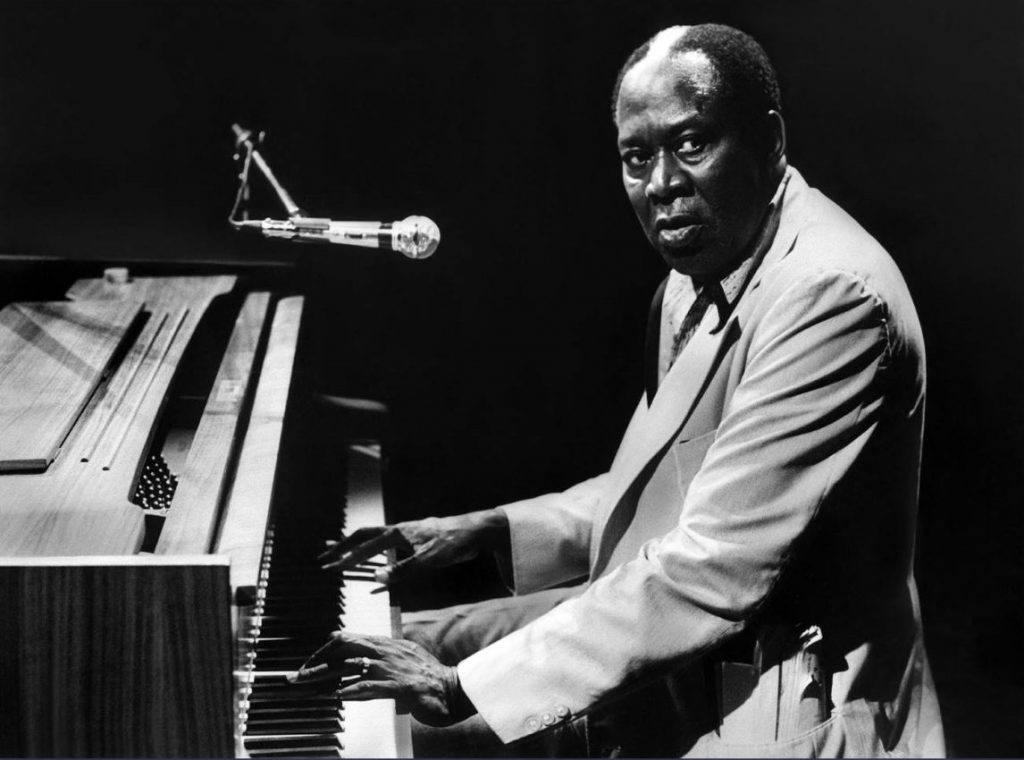
Memphis Slim – Biography and History
Memphis Slim, born John Len Chatman on September 3, 1912, in Memphis, Tennessee, stands as a monumental figure in the history of blues music. With[…]
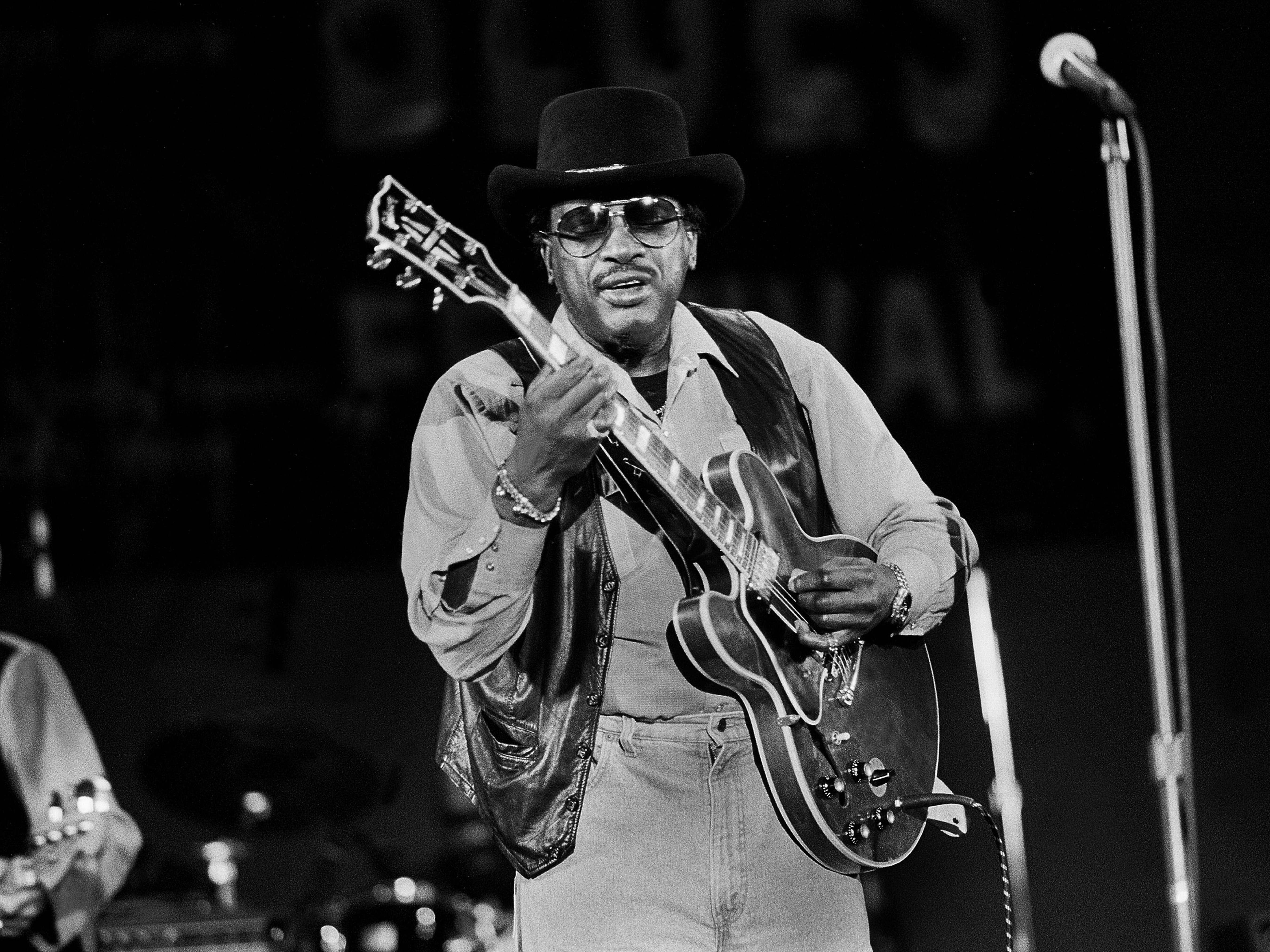
The 5 Best Songs by Otis Rush
Otis Rush stands as one of the most influential figures in blues history. Known for his emotive voice, soulful guitar playing, and innovative songwriting, Rush's[…]